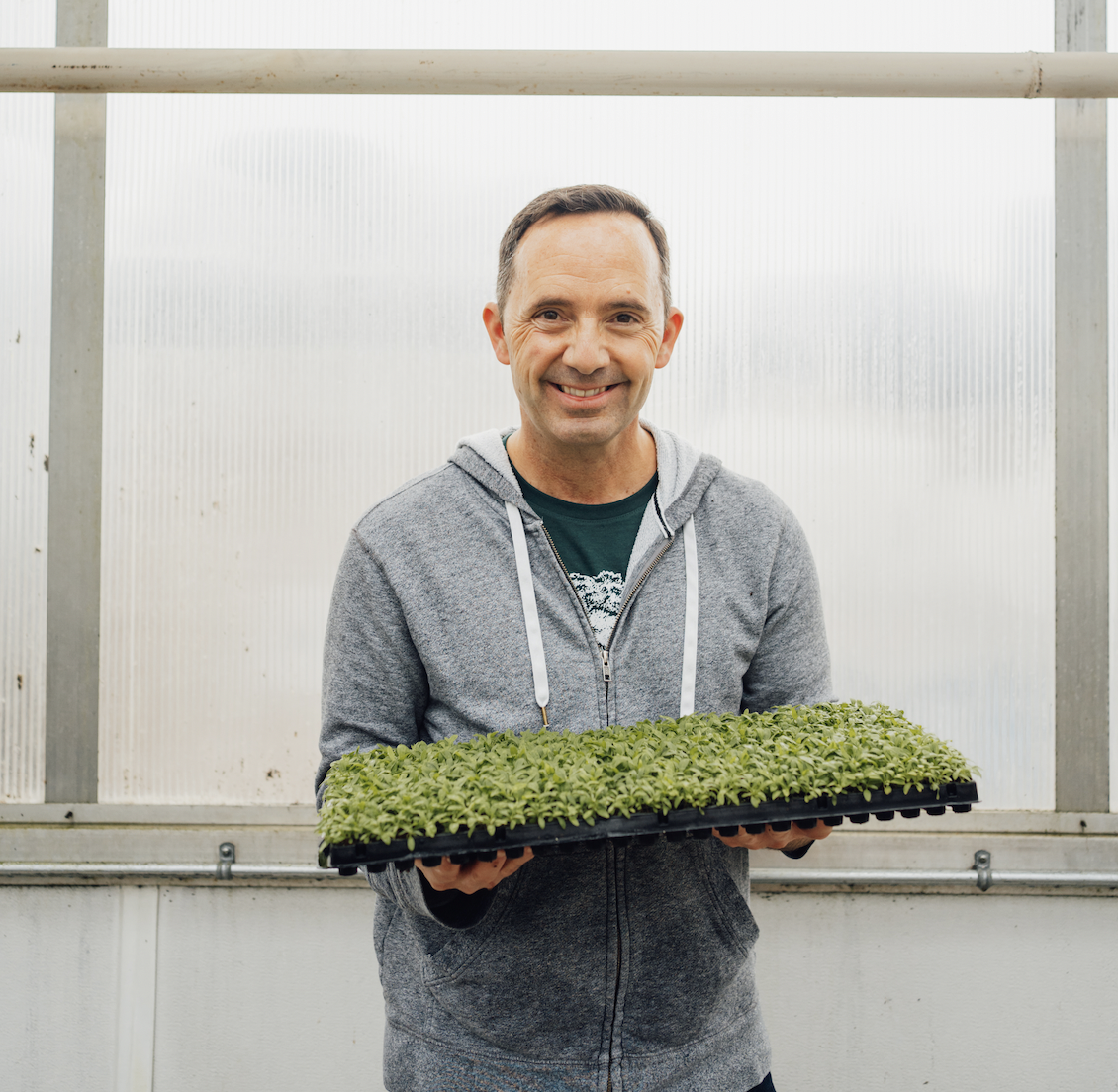Early Spring Gardening: When Can I Plant my Annuals and Vegetables?
One of the most popular questions I’m asked every spring is, “When is it safe to plant?” Once the snow starts melting and the days feel longer, gardeners are excited to get back to it!
Early spring gardening is about preparation, tending your lawn, planting trees and shrubs, and setting yourself up for a successful growing season. Before you plant any annuals or vegetables, be sure to check your last frost date to avoid damaging tender plants.

Planting Trees, Shrubs, and Perennials
Once the ground has thawed and is soft enough to work, you’re safe to plant trees and shrubs. It’s best to plant perennials (those that overwinter and come back year after year) once the risk of frost has passed, so they have an entire growing season to get established.
Planting Annuals and Vegetables
Annual flowers and most vegetables cannot survive Canadian winters and live for only one growing season. Some are hardy, and can handle heavy frost, while others will die if a slight frost touches their tender leaves.
Frost Hardy
These frost-hardy plants, vegetables, and bulbs can be planted 4-6 weeks before the last frost date.
Vegetables: Asparagus, Collards, Endive, Kale, Kohlrabi, Lettuce, Onion, Parsley, Pea, Rhubarb, Spinach, Turnip
Flowers (Annuals): Pansy, Primrose/Primula, Violas, Ornamental Kale, Ornamental Cabbage, Hardy Chrysanthemum, Cordyline, Dracaena (spikes), Marguerite Daisy, Nemesia, Osteospermum, Snapdragon
Bulbs: Daffodil/Narcissus, Hyacinth, Crocus, Allium, Tulips
Frost Tolerant
These plants will take a bit of light frost and can be planted 2-3 weeks before the last frost date.
Vegetables: Beet, Broccoli, Brussel Sprouts, Cabbage, Carrot, Cauliflower, Celeriac, Celery, Chard, Radish, Parsnip
Flowers (Annuals): Calendula, Stock, Sweet Pea, Dusty Miller, Geraniums, Petunia, Victoria Sage, Verbena, Cosmos, Gazania, Calibrachoa
Tender/ Frost Intolerant
Some plants don’t like the cold at all and should be planted after the last frost date. Keep an eye on the forecast and protect them if a late frost hits after planting.
Vegetables: Sweet corn, Tomatoes, Peppers, Cucumber, Okra, Eggplant, Summer and Winter Squash, Watermelon, Pumpkin
Flowers (Annuals): Nicotiana, Statice, Lobelia (annual), impatiens, Rock Moss/Portulaca, Marigold, Zinnia, Annual Phlox, Begonia, Ageratum, Celosia, Coleus, Potato Vine
Bulbs: Gladiolas, Dahlia, Calla Lilies
Protecting Your Plants from Frost
Jack Frost is a tricky guy and sometimes shows up when we least expect it! If you’ve timed your planting well, but the weather guy tells you there’s a risk of frost tonight, you can still protect your plants.
1. Cover frost intolerant annuals using:
- A frost blanket made from special cloth designed just for them
- Empty growers’ pots flipped upside down
- Plastic sheets (leave a buffer of air and make sure the leaves aren’t touching the plastic)
2. Set up a fan.
Frost occurs on calm, clear, cool nights. Sometimes adding a fan to circulate the air can be enough to prevent frost from settling onto your plants.
3. Soak the ground.
Soak the ground around your plants the evening before expected frost. As the water cools, it releases heat, offering just enough protection.
We’re all anxious to get out there and start planting! But don’t jump in too early. This
spring checklist is a great place to start. And once you’ve planted in spring, be sure to keep an eye on the forecast so you can stay one step ahead of Jack Frost!
All the best this year!
Frankie
